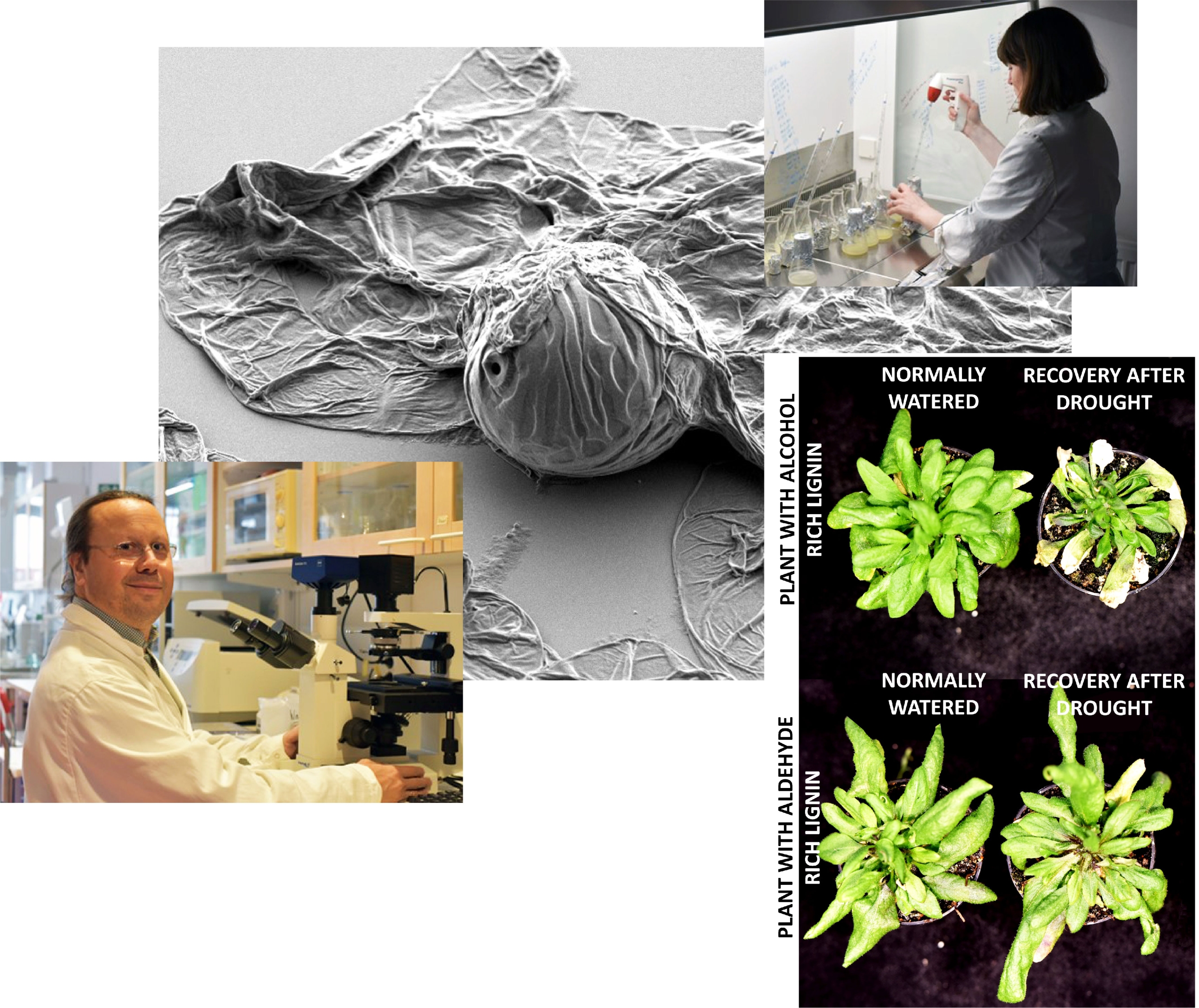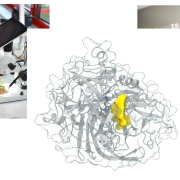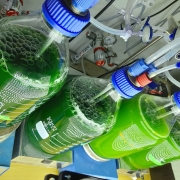Polymer Lignin May Be Modified for Drought Resistance in Plants
Bio4Energy Associated Member Edouard Pesquet, previously with Umeå University, is part of a group of internationally leading scientists on fundamental research on the plant polymer lignin. Pesquet was part of the organisation team that started the international conference Lignin in 2014. Because of his experience with Bio4Energy at Umeå, Sweden and the support he gained during his time here—becoming a Gunnar Öquist Fellow—Pesquet has continued being part of, and publishing with, the Bio4Energy Research Environment.
Stockholm, 22 September 2022
A new study shows that we can create and select plants that can better recover from drought without affecting the size of the plant or seed yield, by genetically modifying their lignin chemistry. These results could be used in both agriculture and forestry to tackle future climatic challenges.
Lignin, the second most abundant biopolymer on Earth, represents about 30 percent of the total carbon on the planet. It allows plants to conduct water and stand up right; without lignin, plants cannot grow nor survive.
For long, scientists did not consider that lignin had a “code” like in DNA or proteins. Researchers led by Stockholm University, Department of Ecology, Environment and Plant Sciences (DEEP), in collaboration with Stockholm University Department of Material Sciences (MMK) and Tokyo University of Agriculture and Technology (TUAT); have now challenged this old paradigm by demonstrating the existence of a lignin chemical “code”.
They showed that each cell uses this code to adjust their lignin to function at its optimum and resist stresses. These results are published in the high-ranking scientific journal The Plant Cell and could be used in both agriculture and forestry to tackle future climatic challenges.
“It takes only one simple chemical change, just one hydrogen atom apart from alcohol to aldehyde to make plants highly resilient to drought in conditions where alcohol-rich plants would all die”, explained Edouard Pesquet, associated professor in molecular plant physiology and senior author of the study.
Interestingly, professor Shinya Kajita from TUAT showed that such large increases of lignin aldehydes can occur naturally in the wild. In the Japanese silk industry for example, mulberry with high lignin aldehyde levels have long been used and loved by silk caterpillars.
“These results [not only] revise our understanding of lignin and plant water conduction, but also open great possibilities to use the lignin ‘code’ to improve crops and trees to face water availability problems. The modification of lignin chemistry at the single cell level, is ultimately the mechanism enabling plants to grow, hydrate and resist climate change stresses”, Pesquet said.
Text by Amanda Gonzalez Bengtsson, with editing by Anna Strom
Contacts
Edouard Pesquet, Stockholm University — Bio4Energy Associated Member, formerly with Bio4Energy at Umeå University and Umeå Plant Science Centre
Aji Mathew, Stockholm University — Formerly with Bio4Energy at Luleå University of Technology
Scientific articles
Plant biomechanics and resilience to environmental changes are controlled by specific lignin chemistries in each vascular cell type and morphotype, by Ménard, Blaschek et al. is published in the journal The Plant Cell September 2022.

 Stockholm University
Stockholm University
 ©AnnaStrom
©AnnaStrom
 Stockholm University/Edouard Pesquet
Stockholm University/Edouard Pesquet
 ©AnnaStrom
©AnnaStrom




 RISE
RISE